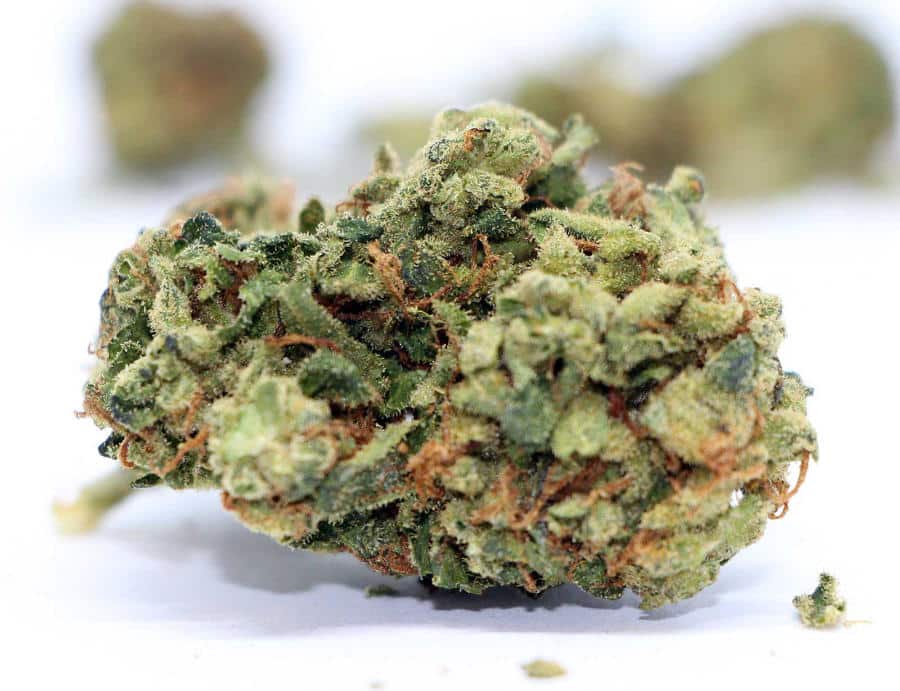Afghan Kush Cannabis Strain Review
In the vast landscape of cannabis strains, Afghan Kush stands out as a legendary and revered variety with a rich heritage deeply rooted in the mountainous regions of Afghanistan. Renowned for its robust genetics, distinctive aroma, and potent effects, Afghan Kush has captured the attention of cannabis enthusiasts worldwide. In this article, we’ll delve into the origins, characteristics, and therapeutic potential of this iconic strain.
Origins and Genetics
Afghan Kush traces its roots to the Hindu Kush mountain range, a rugged and remote region spanning Afghanistan and Pakistan. This strain has adapted to harsh environmental conditions, including extreme temperatures and high altitudes, contributing to its resilience and unique attributes.
Known for its pure indica genetics, Afghan Kush is a landrace strain, meaning it developed naturally in its indigenous environment without human intervention. The strain’s genetic purity and stability have made it a sought-after foundation for hybridization, resulting in the creation of numerous popular strains.
Appearance and Aroma
One of the defining features of Afghan Kush is its distinctive appearance. The buds are compact, dense, and covered in a blanket of resinous trichomes. The plant itself tends to be short and bushy, displaying deep green leaves and hues of purple and red.
The aroma of Afghan Kush is a captivating blend of earthy, woody, and spicy notes. The terpene profile includes myrcene, caryophyllene, and humulene, contributing to its pungent and resinous scent. These aromatic compounds not only give Afghan Kush its signature fragrance but also play a role in the strain’s therapeutic effects.
Potency and Effects
Afghan Kush is renowned for its potent effects, primarily due to its high THC content. With THC levels often exceeding 20%, this strain is cherished for its ability to induce deep relaxation and sedation. The euphoric and calming effects make it a popular choice for those seeking relief from stress, anxiety, and insomnia.
Medical cannabis users appreciate Afghan Kush for its potential analgesic properties, offering relief from chronic pain conditions. Additionally, its relaxing effects can aid individuals dealing with muscle spasms or tension.
Cultivation and Growing Tips
For those interested in cultivating Afghan Kush, it’s important to note its resilience and adaptability. This strain thrives in both indoor and outdoor environments, making it accessible to a wide range of growers. Indoors, Afghan Kush flourishes in a controlled environment with adequate ventilation and temperature regulation.
Outdoors, the strain excels in a sunny and dry climate, mirroring its native habitat. Growers should ensure proper spacing between plants to allow for air circulation and prevent mold or mildew issues. With a flowering time of approximately 7 to 8 weeks, Afghan Kush rewards cultivators with a bountiful harvest of resinous and potent buds.
In the ever-expanding world of cannabis, Afghan Kush remains a steadfast and influential presence. From its origins in the Hindu Kush mountains to its widespread popularity today, this strain continues to capture the hearts of cannabis enthusiasts and medical users alike. Whether appreciated for its robust genetics, distinctive aroma, or potent effects, Afghan Kush stands as a testament to the rich diversity and therapeutic potential of cannabis strains. As we navigate the evolving landscape of cannabis cultivation and consumption, Afghan Kush remains a timeless and cherished variety, contributing to the tapestry of cannabis culture.
Always follow all Oklahoma laws when buying your cannabis, and only from OMMA licensed dispensaries.





